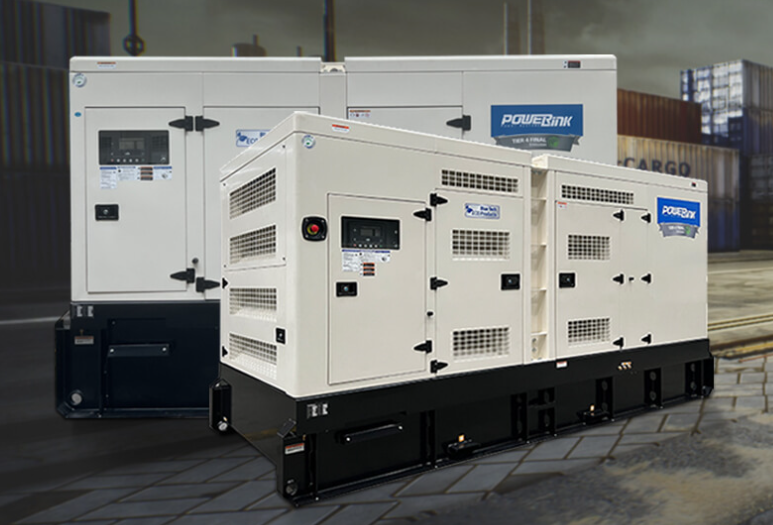A diesel generator set is a device that uses an internal combustion engine to drive a generator to generate electricity. It is mainly composed of a diesel engine, a generator, a control system, a cooling system, a fuel system, a lubrication system, an exhaust system and other parts.
Diesel generator sets have the advantages of fast start-up, stable operation, high reliability, and easy maintenance. They are widely used in industrial production, commercial buildings, hospitals, schools, hotels, banks, postal and telecommunications, military facilities and other fields.
The diesel engine is the core part of the diesel generator set. It converts the thermal energy generated by diesel combustion into mechanical energy to drive the generator to generate electricity.
There are many types of diesel engines, mainly four-stroke diesel engines and two-stroke diesel engines. The working principle of a four-stroke diesel engine is: suction, compression, power, and exhaust; the working principle of a two-stroke diesel engine is: the four processes of suction, compression, power, and exhaust are completed in one working cycle.
The performance parameters of diesel engines mainly include power, torque, fuel consumption, emissions, etc. A generator is a device that converts the mechanical energy generated by a diesel engine into electrical energy. The types of generators include synchronous generators and asynchronous generators. The characteristic of the synchronous generator is that the output voltage and frequency are consistent with the grid and can be directly integrated into the grid; the characteristic of the asynchronous generator is that the output voltage and frequency are inconsistent with the grid and need to be adjusted by a transformer before being integrated into the grid.
The performance parameters of the generator mainly include rated power, rated voltage, rated current, efficiency, etc. The control system is the command center of the diesel generator set and is responsible for monitoring and regulating the operating status of the generator set.
The main functions of the control system include: starting/stopping the generator set, adjusting the output power of the generator set, monitoring the working status of the generator set (such as rotation speed, water temperature, oil pressure, etc.), and protecting the generator set from damage (such as overload, overheating, low temperature, etc.). oil pressure, etc.).
The cooling system is an important part of the diesel generator set and is responsible for cooling the diesel engine, generator and other components to ensure their normal operation. The main components of the cooling system include water tanks, fans, radiators, coolant, etc.
The fuel system is the energy supply part of the diesel generator set and is responsible for delivering diesel to the diesel engine for combustion. The main components of the fuel system include fuel tanks, fuel pumps, fuel injectors, etc.
The lubrication system is the maintenance part of the diesel generator set and is responsible for lubrication of the moving parts of the diesel engine to reduce wear and extend service life. The main components of the lubrication system include oil pan, oil pump, oil filter, etc.
